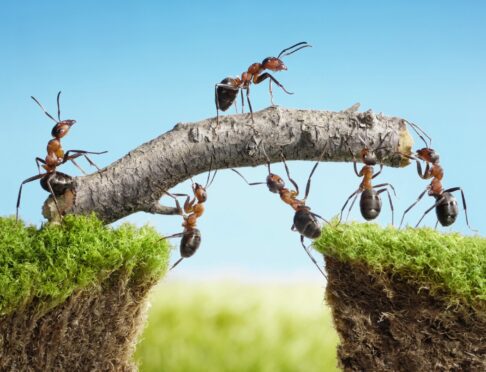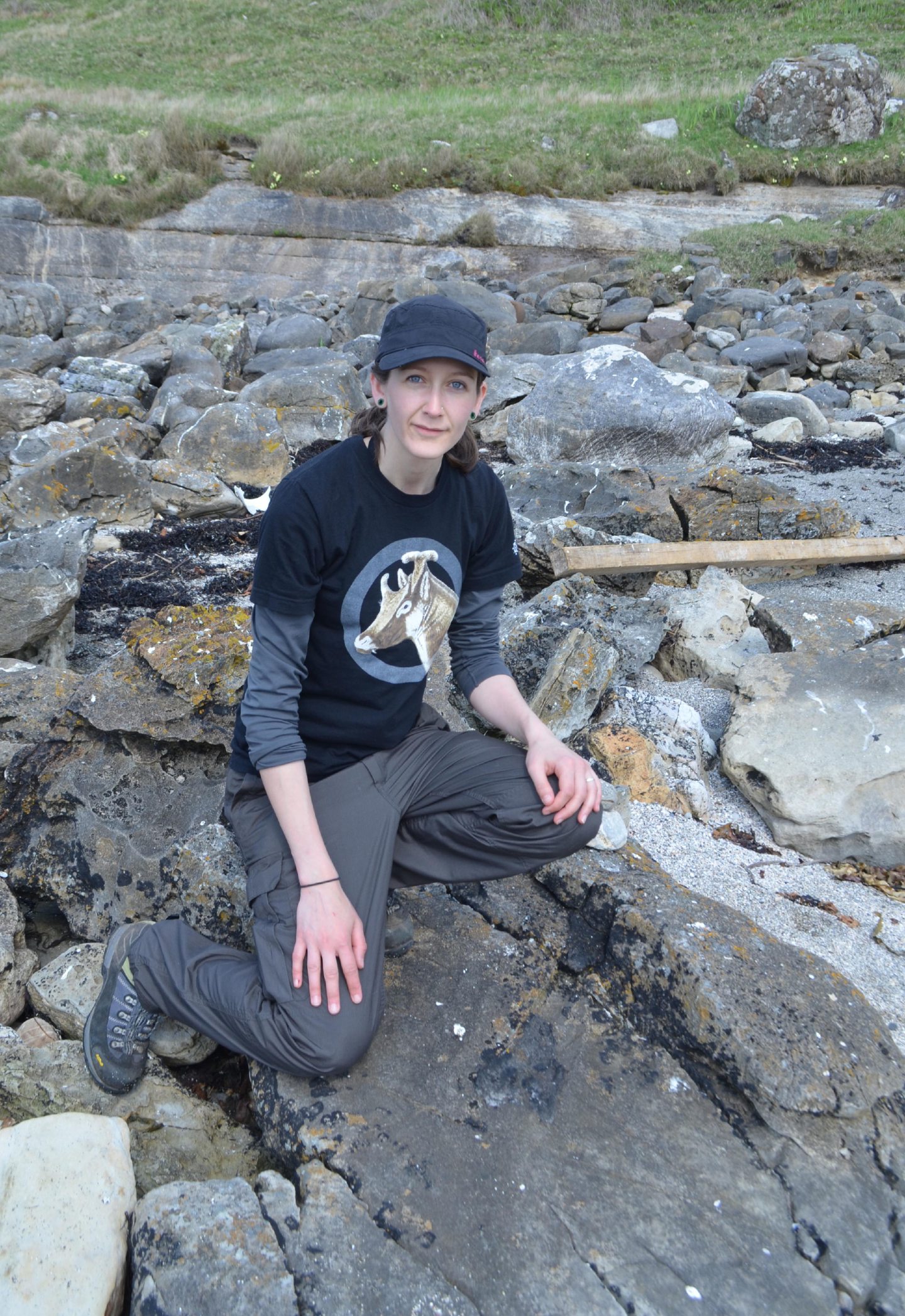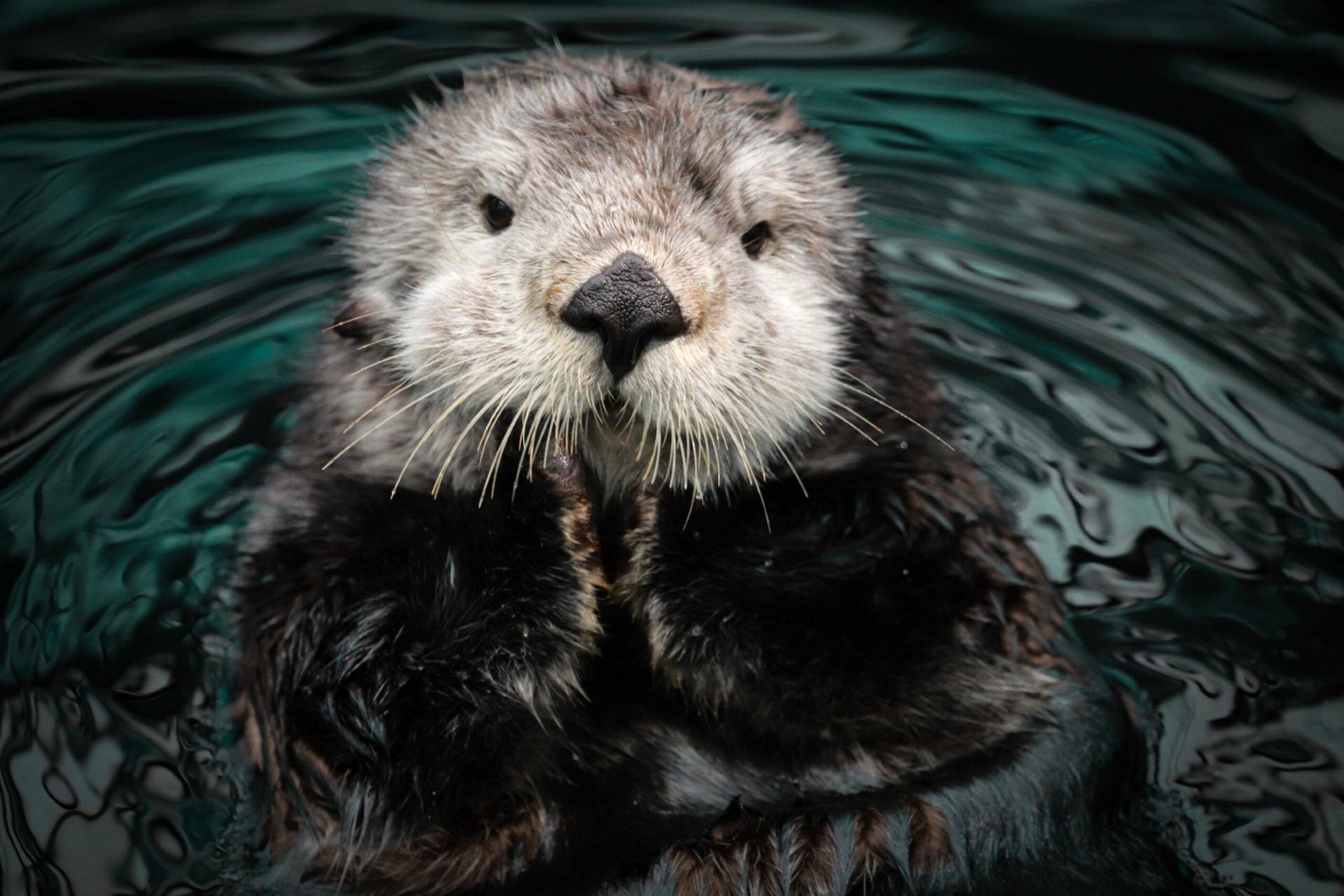
The industrious ant, small yet mighty, can lift up to 5,000 times its own bodyweight, and by sheer volume of population, can often outweigh even the largest animals with which it shares a home.
In fact, according to palaeontologist Dr Elsa Panciroli, a leading expert in natural history, the tiny insect – which builds vast metropolises and shapes habitats in almost every continent and island in the world – is one of the most accomplished animals on the planet, past and present.
“The smallest things are often the most important,” she explained. “As somebody who usually studies vertebrate animals with backbones, particularly mammals, when I start speaking to other palaeontologists who study insects, discussing how important their animals are, you really do question your choices. I sometimes think, ‘Gosh, I should have studied insects, they really are amazing’.
“That’s not to diminish how important a lot of the big animals in history are – the animals at the top of any food web do have a huge important role to play. But the small things at the bottom are the fundamental underpinning of everything, of all ecosystems around the planet.”
The origins of the ants we recognise, Panciroli explains, likely lie in the Jurassic era, but it was during the Palaeogene period, some 66 million to 23.03 million years ago, that they took on a pivotal position in the planet’s ecosystems – a role that still endures today. The more than 13,000 different species of ant on earth, including some which are smaller than a quinoa grain, are hunters, scavengers, cleaners, colonisers, and even the world’s first farmers, making them a vital part of life on Earth.
She said: “It’s really in the Paleogene that we see this huge explosion in the different numbers and species of ants. Before that point, we didn’t have very many ants. They did exist, but they weren’t playing this really important role.
“After the mass extinction that killed off the non-bird dinosaurs, basically reorganising our planet, the ants took advantage of the situation, and they became this real cornerstone.
“Today, people really think they’re a pest and want rid of them, but without ants, just think of all the detritus or the dead insects or the bits of rubbish that wouldn’t be cleared away. That’s one of the things that they do for us, particularly in the UK – they’re hunters and scavengers, and they’ll remove a lot of insect pests. They are actually really, really important.”
It’s not just ants that Panciroli believes are deserving of our admiration and attention. In her new book, The Earth: A Biography of Life, the researcher, who studies Jurassic fossils on the Isle of Skye and is a fellow at the Oxford University Museum of Natural History, takes 47 carefully selected organisms and explores their origins to explain the story of life on Earth.Covering the 15 periods of planetary history, from the very first living organisms to the “dizzying diversity” of life today, Panciroli expertly uncovers how the world as we know it has been connected throughout billions of years of evolution.
The result, she says, is a very long love letter to our planet.
“Really, you need millions of years just to discuss everything there is to talk about on the planet,” she explained with a laugh. “The Earth is so complex, and time is so deep and so massive, how do you choose just a few things to talk about?
“I wanted to give people an idea not just of some of the animals, plants and other organisms that have existed, but the way in which they are all connected.
“We might think, ‘Oh that’s just an ant or just a bee’, but every organism is tied together right the way back millions of years, and why it appeared, what it did in the time it survived, and also the role it has right now, is so important – for us as people, and also for ecosystems of the planet.”
In reading and researching each of her almost four dozen organisms, Panciroli admits, it’s hard not to be humbled by the realisation that humans have played a very brief role in comparison to the tiny insects, gargantuan animals and wild funghi that have called the planet home.
She said: “When you look at the relative lengths of all the different geological periods, you suddenly realise the time period we’ve lived in is so small. It’s a sliver, absolutely miniscule. In comparison, the time period during which there was only tiny little bacteria is massive – 88% of the time on our planet was long before there were any animals.”
However, the main takeaway, she says, is not dwelling over own insignificance, but realising the importance of every animal, large and small, on our planet.
She added: “You can look at an individual, one particular organism, but you soon begin to realise that every organism is just really enmeshed with every other one. The whole planet is interconnected. Hopefully, by showing people that, we can also maybe start to care more about some of the small things we perhaps didn’t care about before – like ants or earthworms.”
Undersea forests are an important signal of a planet in peril
One of the most significant organisms in the world are, according to author and scientist Elsa Panciroli, kelps.
The seaweed appeared in temperate seas as the planet cooled in the Neogene period but now, says Panciroli, these “rainforests of the ocean” show us how quickly the delicate balance of our ecosystems can be disrupted.
“One of the stories I really enjoyed telling in the book was about sea otters and kelp,” she said. “In the 18th Century on the west coast of America, people began to over-hunt sea otters, which led to an explosion in sea urchins. The sea urchins then ate all the kelp and, basically, the whole ecosystem collapsed – all just because we wanted the otter fur to make hats.
“That’s one example of what we call a trophic cascade. From the top right down to the bottom, you have this huge impact just from removing one species.”
The Earth: A Biography Of Life – The Story Of Life On Our Planet Through 47 Incredible Organisms, is published on Friday

Enjoy the convenience of having The Sunday Post delivered as a digital ePaper straight to your smartphone, tablet or computer.
Subscribe for only £5.49 a month and enjoy all the benefits of the printed paper as a digital replica.
Subscribe
